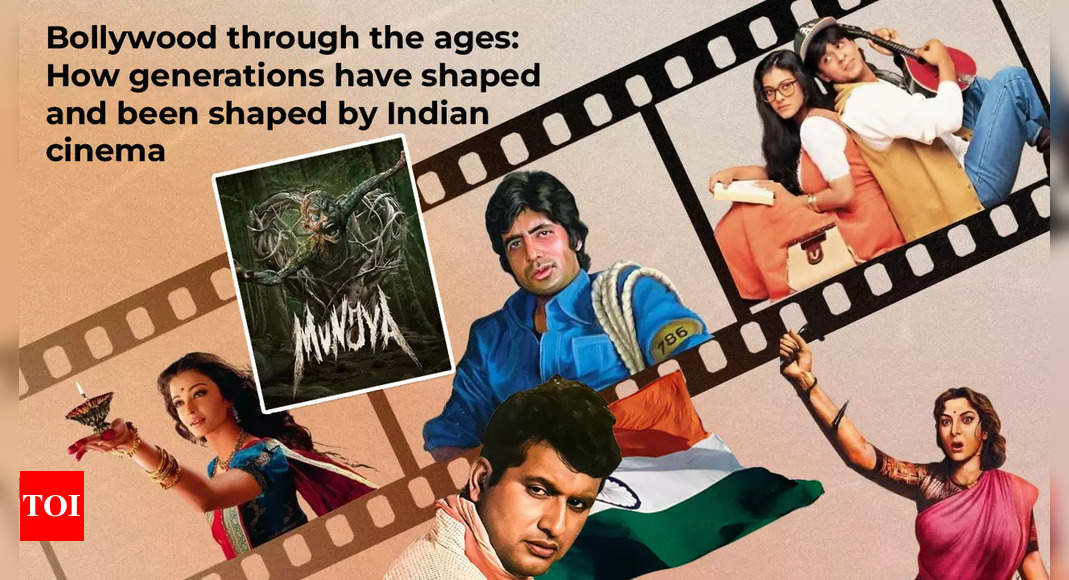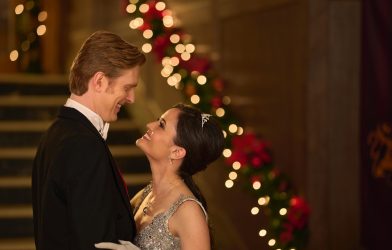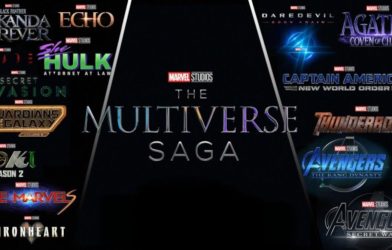Here is a broad look at how different generations have impacted Bollywood and vice versa:
It’s easy to argue whether Bollywood’s golden age was the 1940s-60’s or the 1950s-60’s; some might even argue that it was the 1990s or early 2000s, but we will leave that to personal preference. Here, we are talking about the humble beginnings of Bollywood. This was a time that can be described as the start of a transition from David to Goliath. It’s ironic, isn’t it? Well, yes, of course, Bollywood was also once a very small and limited version of itself. Let’s see more about it.
How Is Indian Cinema Changing? Madhur Bhandarkar On Bollywood’s Evolution, OTT & Global Competition
1)The Golden Age and Its Legacy
The “Golden Age” of Bollywood is usually referred to as the mid-20th century. Filmmakers like Raj Kapoor, Guru Dutt, and Satyajit Ray are the ones who started shaping another cinematic language. The films representing the era, with Shree 420 and Pyaasa, strike a note with people caught in problems just after independence, relating some social justice and patriotic issues with personal dilemmas. These are ideal heroes and heroines, with memorable music and poignant storytelling that gets etched into the minds of Indian audiences. Films that are cultural touchstones for viewers are used to shape their values and emotional responses. Here are this era’s character traits:
Social Realism: The bulk of the films dealt with social evils or problems in society, such as poverty, corruption, and inequality.
Classical music: timelessness in pieces by the eternal composers S.D. Burman and Shankar-Jaikishen, with soulful tunes and poetic lyrics.
Artistic Direction: Heavy storytelling, emotional reach, and breakthrough cinematography lie deep at the core.
Legendary Stars: Raj Kapoor, Dilip Kumar, and Madhubala were among those who became the faces of idealized heroism and beauty during those times.
Patriotism and nationalism: themes of independence and national pride emerge everywhere.
2)The influence of the 80s and 90s
The 1980s and 1990s were periods of thematic change in Bollywood. These films turn toward the new socio-economic scenario of India. With the growing urban audience came a growth in the popularity of “masala” films, which would blend romance, action, and drama. Stars like Amitabh Bachchan became icons and showed strength and resilience. It has also thrown up romantic comedies and family dramas as genres of entertainment, portraying the aspirations and struggles of the middle class—very much a reflection of India’s economic liberalization and modernization. Here are this era’s character traits:
Masala Films: This is a hybrid picture incorporating action, romance, drama, and comedy. For example, Sholay, 1975, and Hum, 1991.
Larger-than-Life Heroes: It comprises those characters with overstated histrionics, all of which are usually portrayed by actors like Amitabh Bachchan and Shah Rukh Khan.
Songs and dances: elaborate song sequences with catchy music and elaborate choreography became the hub of storytelling.
Family-oriented plots: This would include such themes as family values and relationships and their interaction with societal norms.
Star Power: Major film stars of that era have become symbols, and even now, their influence tips greatly on public perception and cinema.
Evolution from Black and White to Colored Films: During this era, Bollywood also made a shift from black and white to colored film stock, making this a significant evolution in the Hindi film industry.
While Bollywood transitioned from black and white to color, Kamlesh Pandey, a veteran film writer, feels that Bollywood cinema has somehow lost touch with its roots. The writer who wrote films like ‘Tezaab’, Rang De Basanti’, and ‘Laawaris’, to name a few, strongly asserts that the story of our Bharat has taken a back seat from films. He said, “Having witnessed cinema from the 1960s to the present, I find that the most significant and perhaps most tragic change has been the disappearance of rural India from our movies. The stories of Bharat, the heart of the nation, have also vanished from our screens. This absence, I believe, has contributed to the declining connection between audiences and the films being made today. After 1965, Hindi cinema seems to have lost its heart. The writers and directors who crafted films with genuine emotion passed away, and unfortunately, they were not replaced by equally talented individuals. As a result, the quality of our films has suffered, with the music being one of the worst affected. In the past, music was an integral part of the screenplay, seamlessly advancing the story and becoming an unforgettable part of our collective memory. However, the advent of commercial television has transformed songs into mere tools for film publicity, stripping them of their narrative significance. It feels as though we have shifted from making movies to simply making money, following the same commercial path as everyone else, including the film stars. As an audience, we have allowed ourselves to be consumed by the products these stars endorse, losing sight of the deeper connection we once had with cinema.”
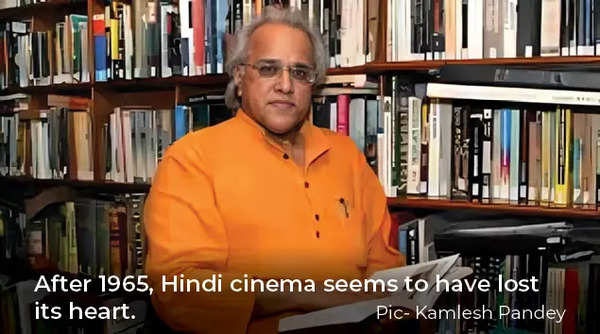
3) A New Millennium: A Paradigm Shift
The turn of the millennium brought a lot of change within Bollywood. New technologies, satellite television, and the Internet brought Indian cinema to the world at large. This was the time for the emergence of new stars, directors, and genres. The emergence of new talent in the form of directors like Rajkumar Hirani and Zoya Akhtar infused new blood into traditional Bollywood with contemporary storytelling and reinvented the traditional dance sequences. There are films like Lagaan, Dil Chahta Hai, Swades, and Queen that have worked on individualism, modernization, and self-empowerment. Here are its characteristics:
Content-Driven Stories: The focus is shifting towards far more realistic and diversified plots that take up contemporary themes. Example: Lagaan (2001) and Rang De Basanti (2006), ‘Swades (2004)
Genre Bending: Witnessing the rise of hybrid genres would be marked by newness in story-telling techniques in films like Dil Chahta Hai (2001) and Wake Up Sid (2009).
Technological Advancements: With better values of production, special effects, and techniques of digital filmmaking.
Globalization: increasing international cooperation and growing global interactions with Bollywood films and actors in the picture.
Youth-Centric Themes: Care about modern youth issues, their aspirations, and changing social norms.
Nasreen Munni Kabir, who is a documentary filmmaker, film historian, and author, has his own version of defining this era and Bollywood. He shares, “The Indian Diaspora has always been attached to Indian cinema. It is not new at all. In fact, in the 1970s, there were 100 cinemas around the UK that showed Indian films on Sunday. The only difference was that in the 2000s, the “white press paid more attention to Hindi films and their audiences. In 2001/2002, Andrew Lloyd Webber’s musical Bomby Dreams, Devdas, screened in Cannes, and Lagaan was nominated for an Oscar in the Foreign Film Category. So it seemed that Hindi cinema had emerged from the shadows. But as I say, this is not correct because the Indian diaspora has always watched films. When cinemas stopped screening many films, the VHS/DVD mania took over. My particular work has been curating Indian films for Channel 4 TV, and since the 1980s, we have shown Indian films annually for the mainstream. We have always enjoyed a loyal following and still do. And with the coming of streaming channels, Hindi films, along with Web series, can be seen everywhere. I do not know whether the fact they are available on Amazon or Netflix has increased their popularity, but it has made Hindi films easily accessible to anyone who chooses to watch them.”
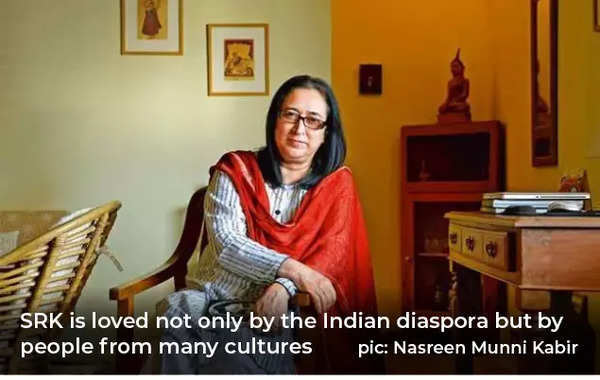
“It is true that SRK has become the face of what is called “Bollywood.” He is loved not only by the Indian diaspora but by people from many cultures. His fan following is immense today. The films of Karan Johar can be credited with triggering the SRK appeal, as people found the characters he played both romantic, modern, and yet traditional. Westernized but also very Indian, and of course, he is loved for his looks and personality. Today, it’s SRK all the way,” he concluded.
4) The digital age and globalization
As by now, digitalization had catapulted Bollywood into the next wave, there emerged a problem of the continued vision of an organism evolving within a super organism: the exponentially globalizing world. Netflix and Amazon Prime completely replaced the diet of the audience, and suddenly there was quite a burgeoning net series and a digital film space. democratized access to content creation and distribution in a manner that had previously remained unheard of, opening up space for emerging voices. It was the era when movies and series such as Sacred Games and Made in Heaven had to get into dirty and gritty storylines, and the character portrayal had to bring out the multidimensionality of modern-day Indian society.
The new generation, particularly the millennials and Gen Zs, has brought along some sort of sensibility to Bollywood by emphasizing the importance of authenticity, inclusivity, and issues the filmmakers address. This has also made the filmmakers innovate and experiment in new ways. The advent of independent cinema, a focus on niche genres, and styles of narration has gone a step further in opening the cinematic canvas in broader terms, pushing the convention and bringing in a fresh narrative.
Here are this era’s character traits:
Strong female protagonists: greater emphasis on strong and independent female characters and women-centric stories. Examples include Queen (2014) and Raazi (2018).
Social media influence: This is where audiences are engaged in direct interactions with filmmakers, and it affects marketing, reception, and film content.
A dive into deeper themes: The 2010’s-20’s have seen a major shift in the story-telling mindset of a movie. Earlier movies used to just touch on the topic of the film, whether it was controversial or not. In these years, filmmakers really dived into the idea of expanding their expertise on a particular topic and made films much more emotionally driven as compared to the family-friendly rom-coms that were the trend in the 2000’s.
Use of VFX: During this era, the use of VFX in sci-fi movies certainly increased, and the editing, studio VFX effects, and graphic design certainly improved.
Shiv Visvanathan, writer, historian has his own version of understanding about Bollywood and its reflection on Indian society. He said, I would say there are roughly three stages. India was a divided nation. As Saadat Hasan Manto observed, Bombay talkies eventually created a myth that Bollywood used to portray India as united and always together, despite its differences. This myth of Bombay talkies dominated the generation from Sunil Dutt and Nargis to Ashok Kumar. The moment division was introduced, the myth of unity was also invoked. I believe this myth persisted right up to the time of Amitabh Bachchan. From Manto’s era to Bachchan’s, Bollywood served as an attempt to combine contradictions, hybridize opposites, and keep them together.In every movie, law and order weren’t seen as problems because they were always intertwined with family dynamics in a unique way. I think this trend continued until the beginning of this century. What changed, in my view, wasn’t cinema but politics, as cinema was initially an agent of politics. It tried to reflect political themes. But with the rise of Narendra Modi and the BJP, things shifted. Suddenly, Modi and the BJP became like prime film stars, trying to influence the direction of movies.Today, despite Hollywood’s amazing artistry, it has not been able to create alternative myths. They have brilliant film stars, but they no longer contribute to a sense of collective identity. In a deep and fundamental way, we are now facing an emptiness in Hollywood because the myth has disappeared forever.”
5) The Mutual Influence: Bollywood and New Generations.
Influence from the newer generation into Bollywood can be asserted in several ways. Empowered by social media, audiences were able to share opinions. This led to closer scrutiny and interest in the content of filmmaking. This made Bollywood very receptive to newer contemporary issues like mental health, gender equality, and even diving into topics like LGBTQ rights. Along with this is the global success of Bollywood films and stars, which has sealed its place on the world stage, bringing along international collaborations and audiences.
The contrary is that Bollywood continues to influence the mindset and dreams of newer generations. Movies are still an excellent medium through which cultural identity, social values, and personal aspirations find expression. The ability of the industry to accept changes and evolve is a testimony to its strong bonding with the audience, and it will continue to remain relevant and influential. Here are its character traits:
Diversity and Inclusive Storytelling: It shines a light on a wide variety of topics, from LGBTQ+ to mental health and socio-economic divides, amongst many others. Typical examples may be represented by the films The Kashmir Files (2022) and Gangubai Kathiawadi (2022).
Streaming Revolution: Finally, with the growth of digital platforms such as Netflix or Amazon Prime, the actual consumption habits of people changed the nature of what would be the basis for creation in this industry.
Experimentation with format: Web series, experimental filmmaking, and nonconforming narration have literally gone mainstream.
The National Awrad winning filmmaker, Madhur Bhandarkar shared, “The film industry is currently experiencing a significant transformation, not just in Bollywood but across all of Indian cinema. Every five years, we witness an evolution in cinema, with new subjects, ideas, and films that cater to audiences’ changing tastes. Today, this change is more evident than ever. The rise of OTT platforms has greatly contributed to this shift, offering high-quality content across various genres and formats, particularly in long-form series. The pandemic, in particular, saw a surge in OTT viewership, with many people exploring content they might not have considered before. I know friends who never used to watch South Indian cinema but are now enjoying Telugu and Tamil films. In my opinion, Malayalam cinema is currently leading the way in India, consistently delivering innovative and exceptional content. I’ve seen some recent Malayalam films that were absolutely brilliant, showcasing the incredible creativity and experimentation happening there,”
“It’s clear that audiences are seeking diverse cinematic experiences. The competition isn’t limited to Indian cinema alone; people are also watching Italian, Spanish, and Korean films. With OTT platforms making global content accessible and offering dubbed versions, viewers are exposed to a wider range of films than ever before.For instance, the recent Tamil film ‘Maharaja’ is outstanding, and ‘Manjummel Boys’ is doing exceptionally well. It’s evident that audiences are open to all kinds of films and eager to explore new and different cinema.”
The National Awrad winning filmmaker, Madhur Bhandarkar shared, “The film industry is currently experiencing a significant transformation, not just in Bollywood but across all of Indian cinema. Every five years, we witness an evolution in cinema, with new subjects, ideas, and films that cater to audiences’ changing tastes. Today, this change is more evident than ever. The rise of OTT platforms has greatly contributed to this shift, offering high-quality content across various genres and formats, particularly in long-form series. The pandemic, in particular, saw a surge in OTT viewership, with many people exploring content they might not have considered before. I know friends who never used to watch South Indian cinema but are now enjoying Telugu and Tamil films. In my opinion, Malayalam cinema is currently leading the way in India, consistently delivering innovative and exceptional content. I’ve seen some recent Malayalam films that were absolutely brilliant, showcasing the incredible creativity and experimentation happening there,”
“It’s clear that audiences are seeking diverse cinematic experiences. The competition isn’t limited to Indian cinema alone; people are also watching Italian, Spanish, and Korean films. With OTT platforms making global content accessible and offering dubbed versions, viewers are exposed to a wider range of films than ever before. For instance, the recent Tamil film ‘Maharaja’ is outstanding, and ‘Manjummel Boys’ is doing exceptionally well. It’s evident that audiences are open to all kinds of films and eager to explore new and different cinema.”
Each era of Bollywood has left its own mark on a generation, and it continues to do so even now when Bollywood is further expanding into the world and marking its stance on the international stage.

